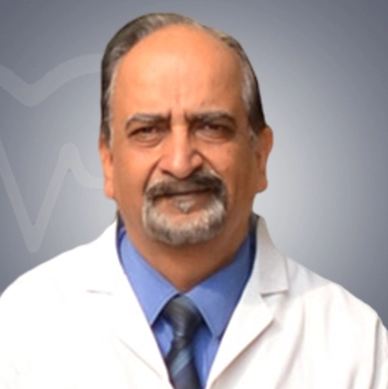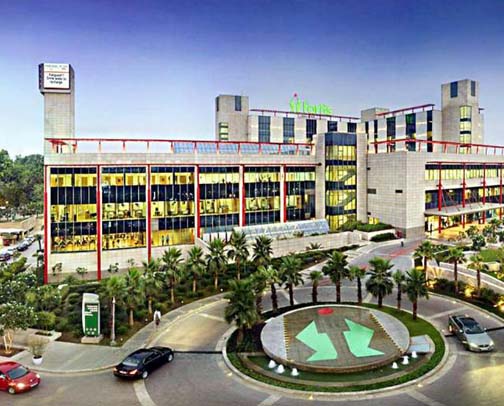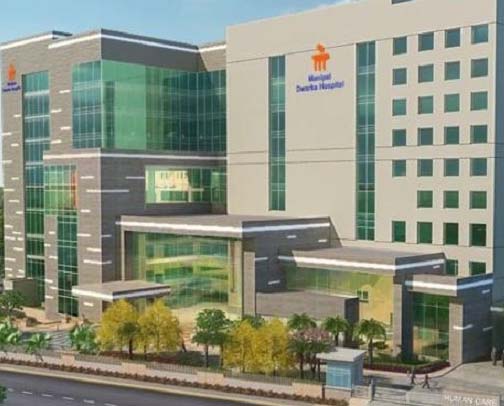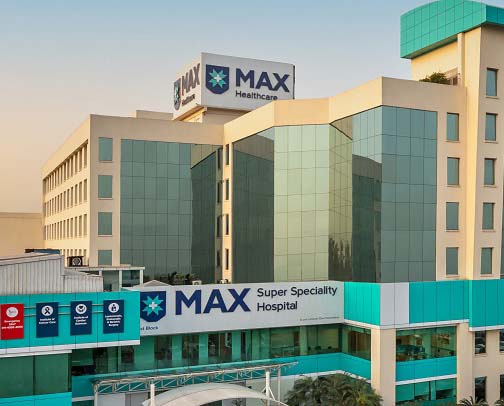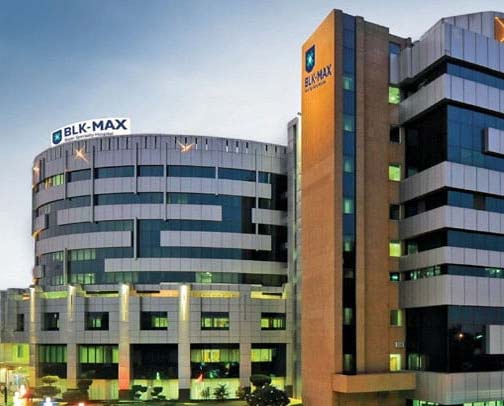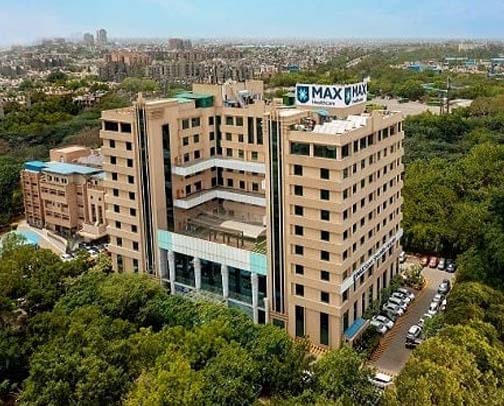Neuro Sciences - Overview
Brain surgery, also known as neurosurgery, involves various procedures aimed at treating conditions affecting the brain and surrounding structures. The precise type of brain surgery depends on the nature and location of the condition being treated. Common brain surgeries include:
Brain Tumor Surgery: Surgery is often the primary treatment for brain tumors. It involves the removal of abnormal growths or tumors in the brain, with the goal of improving symptoms, alleviating pressure on the brain, and minimizing the risk of tumor recurrence.
Deep Brain Stimulation (DBS): DBS is a surgical procedure that involves implanting electrodes in specific areas of the brain to manage movement disorders such as Parkinson’s disease, essential tremor, or dystonia. These electrodes deliver controlled electrical impulses to regulate abnormal brain activity.
Cerebrovascular Surgery: This type of surgery addresses conditions affecting the blood vessels in the brain, such as aneurysms, arteriovenous malformations (AVMs), or stroke. Procedures may involve the repair or removal of abnormal blood vessels, the placement of stents or coils to prevent rupture, or the restoration of blood flow to the brain.
Epilepsy Surgery: Epilepsy surgery aims to identify and remove the specific area of the brain responsible for seizures, offering relief to patients whose seizures are not adequately controlled with medication.
Neuro Sciences - Symptoms
Neurological disorders encompass a diverse range of conditions that affect the brain, spinal cord, and peripheral nerves. Symptoms can vary widely depending on the specific disorder, but common signs may include persistent headaches, seizures, memory loss, difficulty in coordination, muscle weakness, numbness, and problems with speech or vision. Conditions such as epilepsy, Parkinson’s disease, stroke, multiple sclerosis, brain tumors, and spinal cord injuries are among the many neurological disorders that may require medical intervention.
Neuro Sciences - Pre-Procedure
To diagnose neurological disorders accurately, neurologists employ a variety of tests and procedures. These may include:
Magnetic Resonance Imaging (MRI): This imaging technique uses powerful magnets and radio waves to generate detailed images of the brain and spinal cord, aiding in the identification of abnormalities, tumors, or other structural issues.
Computed Tomography (CT) Scan: CT scans utilize X-rays to produce cross-sectional images of the brain, offering valuable information about bleeding, tumors, or other brain abnormalities.
Electroencephalogram (EEG): EEG measures and records the electrical activity of the brain to detect abnormalities related to epilepsy, seizures, sleep disorders, or brain injuries.
Electromyography (EMG): EMG assesses the electrical activity of muscles and nerves to evaluate conditions such as muscle disorders or peripheral nerve damage.
Lumbar Puncture (Spinal Tap): This procedure involves extracting a small amount of cerebrospinal fluid from the spinal canal to analyze for infections, inflammation, or other neurological conditions.
Neuro Sciences - During Procedure
Surgery to remove brain tumor is performed under general anesthesia by a reputed neurosurgeon and his competent team. Since this is an extensive surgery, it can take anywhere between 4 to 8 hours to finish the whole procedure. The following are the steps involved in the surgical technique:
- In the first step the part of the head that needs to be operated will be shaved and the skin will be thoroughly cleansed.
- Then a IV line is inserted in the arm and a urinary catheter is inserted to drain the urine during and post the procedure.
- Based on the type of procedure, the surgeon will make an incision from behind the ear to the nape of the neck or in some other location as per the treatment plan. The incisions are relatively smaller in the case of endoscopic surgeries.
- The surgeon will then pull the scalp back in order to easily access the brain. A drill or a medical saw may be used to cut the skull.
- Next, the bone flap is removed and the thick covering below the bone is separated from the bone while facilitating the fluid to flow out
- Once this is done, the tumor is exposed and the surgeon carefully removes it using specialized equipment. In case it is not fully accessible, only partial tumor is removed
- When the tumor is fully removed, the bone flaps are reattached using medical plates and screws
- The incision is then sutured and a bandage is applied
Neuro Sciences - Post-Procedure
Following brain surgery, patients require careful post-operative care and monitoring to ensure a smooth recovery. This may involve a stay in the intensive care unit (ICU) for close observation. The length of the hospital stay depends on the specific procedure and individual circumstances. Pain management, medication administration, wound care, and rehabilitation therapies are typically part of the recovery process.
Patients may need to undergo physical therapy, occupational therapy, or speech therapy to regain motor function, improve coordination, or address speech and language difficulties. Regular follow-up visits with the neurologist and neurosurgeon are essential to monitor progress, manage medications, and address any concerns or complications that may arise.
Neuro Sciences - Risk & Complications
Brain surgery, like any other surgical procedure, carries inherent risks and potential complications. These can vary depending on the specific procedure, the patient’s overall health, and individual factors. Some potential risks may include:
Infection: Infections at the surgical site or in the brain can occur, necessitating prompt medical attention and treatment.
Bleeding or Hemorrhage: Excessive bleeding during or after surgery can lead to complications and may require further intervention.
Neurological Deficits: Depending on the area of the brain affected, patients may experience temporary or permanent neurological deficits, such as weakness, sensory changes, or speech difficulties.
Cognitive Changes: Brain surgery can occasionally lead to cognitive changes, memory impairment, or personality alterations. These effects can vary in severity and duration.
Recurrence or Progression: In cases of tumor removal, there is a risk of recurrence or progression of the tumor, requiring further treatment.
It is crucial to have detailed discussions with the neurologist and neurosurgeon to understand the potential risks, benefits, and long-term outcomes of brain surgery.
For accurate diagnosis, personalized treatment plans, and specific recommendations tailored to individual needs, it is essential to consult with qualified healthcare professionals specializing in neurology and brain surgery.
Neuro Sciences - Doctors
Neuro Sciences - Hospitals
Request a CallBack





